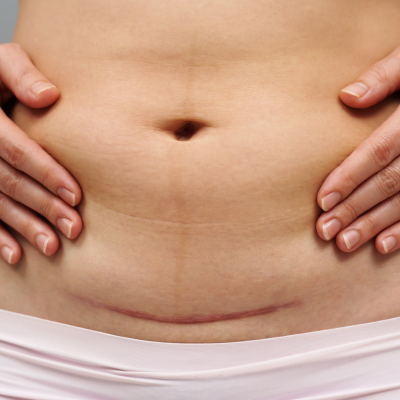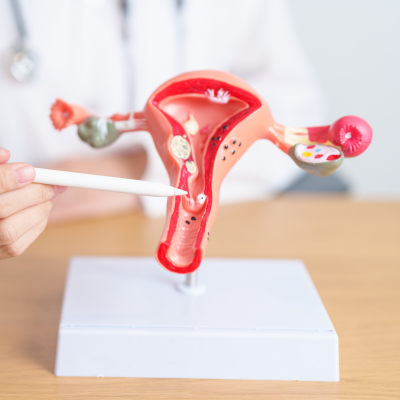Does Heavy Lifting Cause Pelvic Organ Prolapse?
Pelvic health is often a topic that causes confusion and concern, especially when it comes to pelvic organ prolapse (POP). One question we hear from our patients is: “Will lifting heavy objects cause pelvic organ prolapse?” It’s an understandable worry, but like many health topics, the answer isn’t as simple as yes or no. In fact, more studies are showing the importance of weightlifting for women’s health, especially as they get older. Strength training helps maintain bone density, muscle mass, metabolism, and overall quality of life. But understandably, many women worry about the impact of lifting weights, or even lifting everyday items, on their pelvic floor. Let’s separate the myths from the facts so you can protect your pelvic health and enjoy the benefits of staying strong and active. Myth #1: Any Heavy Lifting Will Cause Pelvic Organ Prolapse Fact: Occasional lifting of moderately heavy objects isn’t guaranteed to cause prolapse in someone with a healthy pelvic floor. Your pelvic organs are supported by muscles, ligaments, and connective tissue that can usually handle normal daily activities. However, frequent or repetitive heavy lifting can increase intra-abdominal pressure, which places strain on the pelvic floor over time. If your pelvic floor is already weakened, due to childbirth, menopause, genetics, chronic constipation, or other risk factors, this strain may contribute to or worsen prolapse. Myth #2: Only Weightlifters Get Prolapse Fact: Pelvic organ prolapse can affect anyone—from competitive athletes to people lifting children, groceries, or boxes during a move. It’s not just the weight lifted, but how you lift, how often, and the underlying strength of your pelvic floor that matter. Even people who don’t lift heavy objects can develop prolapse due to other causes, such as: Vaginal childbirth Hormonal changes (especially during menopause) Chronic coughing or straining Obesity Genetics Myth #3: You Should Avoid All Exercise to Protect Your Pelvic Floor Fact: Exercise is essential for overall health — including pelvic health. In fact, certain exercises strengthen the pelvic floor and help prevent prolapse. High-impact or high-strain activities (like heavy weightlifting without proper technique) may pose risks for those with existing prolapse or significant pelvic floor weakness. However, gentle strength training, pelvic floor physical therapy, and core exercises can be safe and beneficial. Myth #4: Prolapse is Always Caused by Something You Did Fact: Many women blame themselves if they develop prolapse, thinking they “lifted wrong” or “overdid it.” The reality is that pelvic organ prolapse is often due to a combination of factors outside your control, like genetics, connective tissue strength, hormonal shifts, or childbirth history. While lifestyle choices, including safe lifting practices, can influence your risk, prolapse is not simply the result of one action or decision. How to Lift Safely and Protect Your Pelvic Floor While lifting may not always cause prolapse, it’s wise to protect your pelvic floor by practicing safe techniques: Engage your pelvic floor before lifting (think gentle squeeze, like stopping the flow of urine).* Breathe out as you lift instead of holding your breath. Lift with your legs, not your back. Keep objects close to your body rather than reaching forward. Avoid sudden jerking movements. Know your limits — don’t lift something that feels too heavy. When to Seek Help Symptoms of pelvic organ prolapse may include: A feeling of pressure or “heaviness” in your pelvis A bulge you can see or feel in your vaginal area Difficulty emptying your bladder or bowels Discomfort during sex If you notice any of these symptoms, schedule an appointment with our expert and compassionate team at Cherokee Women’s Health Specialists. We’re experienced in diagnosing and treating pelvic organ prolapse, and we’ll help you explore solutions, from lifestyle adjustments and pelvic floor therapy to surgical options if necessary. Occasional lifting alone doesn’t automatically cause prolapse, but repeated heavy lifting can be a contributing factor, especially if other risk factors are present. The key is lifting safely and knowing your body’s limits. Your pelvic health matters, and we’re here to help you protect it. We’re Here to Help If you have concerns about pelvic organ prolapse, call us today at 770.720.7733 or schedule an appointment online today.














